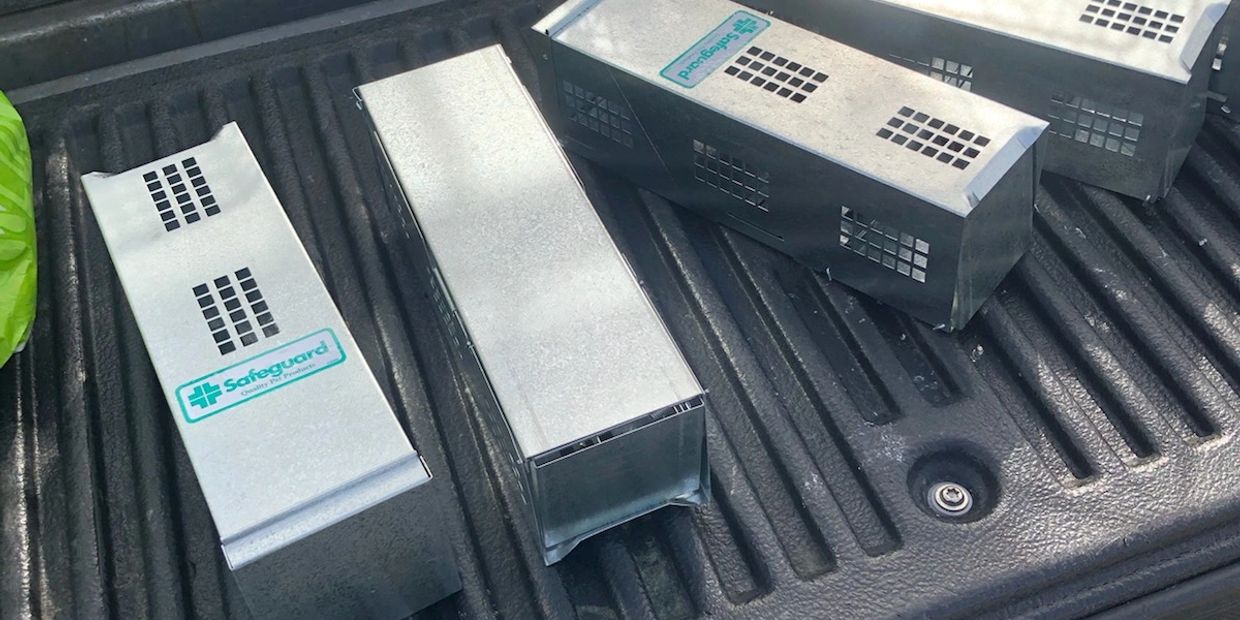Free Connecticut Mole extermination Price quotes, Connecticut mole trapping, call us
Vole Control / Trapping
Vole Control
Vole Control
For vole trapping service call 860-510-6313.
Along with Mole trapping we provide the addon service of vole trapping. Unlike moles voles are less territorial, catching 5+ is not all that uncommon when performing vole control service. Typically I provide vole control as an addon service when mole trapping. Voles will create tunnels in the grass not under it, unless soil is soft like in mulch beds. Voles eat plants and seeds mostly and can destroy young shrubs and ornamental plants when they nibble on bark and roots.
Old Saybrook, Westbrook, Essex vole trapper.
If you're looking for vole trapping in Old Saybrook, Essex, or Westbrook, Connecticut, you should know that the meadow vole is the most common type of vole that is trapped in the area. These voles can cause more damage than Pine Voles, as they tend to eat a wider variety of crops and plants, with a particular preference for grasses. During times when vole populations are at their peak, no plant is safe.
It's worth noting that voles store seeds and other plant-based foods in their boroughs during late summer and fall. Voles are active throughout the year, both during the day and at night. They construct a complex tunnel system that includes surface runways, similar to what you can see in the picture, and multiple burrow entrances. A tunnel system can hold several adults and young.
Meadow voles are short-lived and usually don't survive longer than one year. Breeding typically occurs during spring and summer, with litters consisting of one to six voles and up to five litters per year. Females mature in 34 to 41 days. Interestingly, one pair of voles can produce between 7 to 32 offspring in just one year.
Voles are small, mouse-like rodents that can cause damage to lawns, gardens, and landscaping by burrowing and feeding on plants. Here are some tips for controlling voles in Connecticut:
- Remove their habitat: Voles like to hide in dense vegetation, so removing overgrown shrubs, weeds, and tall grasses can help discourage them from taking up residence in your yard.
- Keep the lawn trimmed: Mowing your lawn regularly can also help reduce vole habitat, as it removes tall grasses and other vegetation that voles may use for cover.
- Install physical barriers: Installing hardware cloth or mesh barriers around the base of trees and shrubs can help prevent voles from burrowing around the roots and causing damage.
- Use vole repellents: There are a variety of vole repellents available, including natural options like castor oil and predator urine, as well as chemical options like rodenticides. It's important to follow the instructions carefully when using any kind of vole repellent, as some can be harmful to other animals and the environment.
- Trapping: Trapping can be an effective way to control vole populations, especially if you have a small infestation. Live traps are available at most hardware stores and can be baited with peanut butter or other high-protein foods.
It's important to remember that voles can be difficult to control and may require a combination of these methods in order to effectively manage their presence in your yard. If you are having difficulty controlling voles on your own, it may be helpful to consult with a professional pest control expert for advice on the best course of action.

Vole run, and vole trap

Vole trapping in Connecticut
Vole trapping equipment
The traps above are what I will commonly use for vole trapping when small children and pets are present. These are live catch traps. Vole control can be time consuming traps must be moved from hole to hole systematically. Mouse snap traps are also used to great effect when performing vole control service. Give us a call for all your trapping needs. 860-510-6313